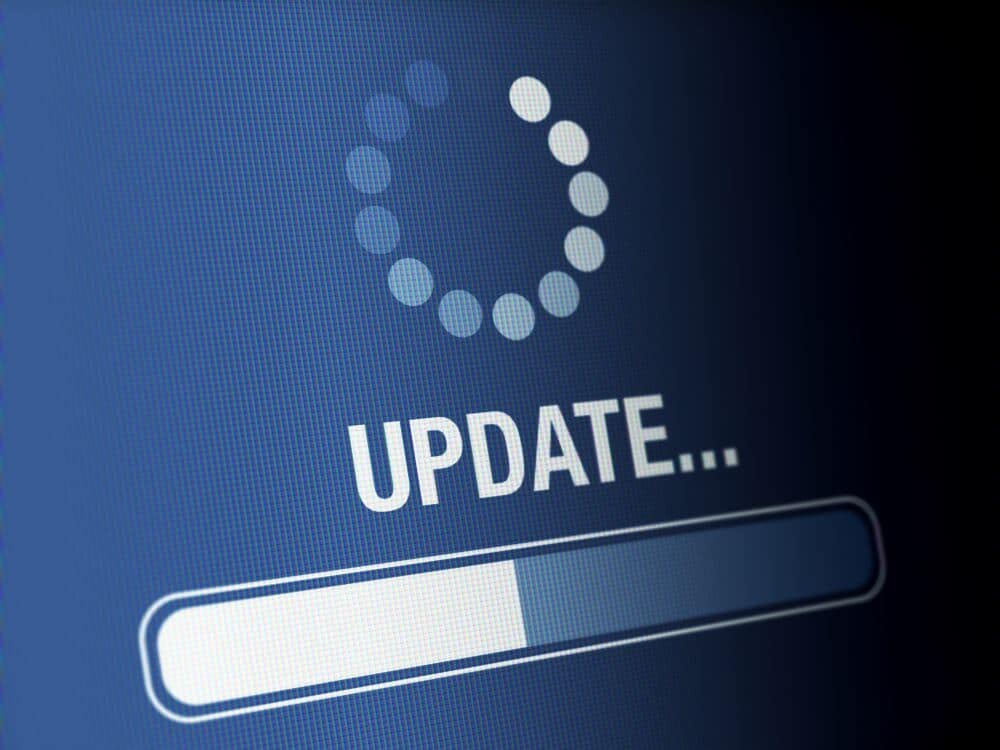
April 15, 2020

Atlanta businesses seeking a cash flow infusion due to the COVID-19 emergency have federal, state and local loan options. Since not every loan features the same terms and benefits it’s important to closely review terms to determine the best opportunity. Perhaps one of the most popular is the Paycheck Protection Program (PPP), a payroll focused forgivable loan administered by the Small Business Administration featuring low-interest rates and other favorable terms. Although lenders started accepting applications over a week ago, there has been a lot of confusion about loan eligibility for the self-employed, payroll calculation methods and documentation requirements. To clarify program specifics and provide additional guidance, on April 14, 2020, the Small Business Administration (SBA) released an Interim Final Rule with information on eligibility criteria and more information. To help clients, prospects, and others, Wilson Lewis has provided a summary of key points below.
Key PPP Updates
There has been confusion about whether individuals with self-employment income are eligible for the PPP loan. The Rule states eligibility is based on whether they were in operation on February 15, 2020, are an individual with self-employment income (such as an independent contractor or sole proprietor), have a principal place of residence is in the U.S. and they have or will file a Form 1040 Schedule C.
The Rule also provides guidance on whether partners in a partnership are eligible to apply. Those individuals involved in a partnership are not permitted to submit a separate loan application as a self-employed individual. Rather the self-employment income of active partners may be reported as a payroll cost, up to $100,000, on the application submitted by the partnership.
To help self-employed individuals determine how to calculate their eligible loan amount, the Rule provides information and examples. It’s important to note the process varies between the self-employed and self-employed with employees. The calculation method for self-employed individuals with no employees is outlined below. Note the other method is complex and therefore not included herein.
The Rule states the amount of loan forgiveness can be up to the full principal amount plus accrued interest, However, the actual amount of loan forgiveness will vary between the borrower and is dependent on the total amount spent on the following:
The Rule outlines the documentation that needs to be provided to the lender when applying for loan forgiveness. In addition to the borrower certification, borrowers should submit Form 941 and state quarterly wage unemployment insurance tax reporting forms, evidence of business rent, business mortgage interest payments (on personal or real property) or business utility payments if loan proceeds were used for this purpose. Finally, for the self-employed they need to rely on the 2019 Form 1040 Schedule C to determine the amount of net profit allocated to the owner (to replace lost compensation) during the covered period.
Contact Us
The updated guidance addresses a broad variety of issues which may impact the application process. The SBA has stated if an application has been submitted that does not conform to this guidance it will not be necessary to re-apply. If you have questions about the information outlined above or need assistance with another COVID-19 issue, Wilson Lewis can help. For additional information call us at 770-476-1004 or click here to contact us. We look forward to speaking with you soon.